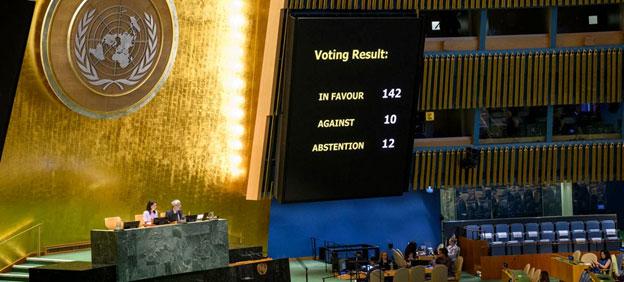The Justice Department has announced that it will send monitors to polling sites in six jurisdictions to ensure transparency and compliance with federal voting rights laws ahead of the upcoming election on November 4, 2024. The counties under observation include Los Angeles, Orange, Riverside, Kern, and Fresno in California, as well as Passaic County in New Jersey. This decision follows requests from state Republican parties concerned about adherence to federal statutes.
The monitoring will be overseen by the Justice Department’s Civil Rights Division. In a statement, Attorney General Pam Bondi emphasized the importance of transparency, stating, “Transparency at the polls translates into faith in the electoral process, and this Department of Justice is committed to upholding the highest standards of election integrity.” Bondi assured that resources would be allocated to guarantee fair, free, and transparent elections for all Americans.
The department’s officials characterized the monitoring as a necessary enforcement of federal civil rights protections under the Voting Rights Act and other related laws. They plan to have Civil Rights personnel available on-site to receive complaints and to coordinate with U.S. Attorney’s offices. This proactive approach aims to facilitate a smoother electoral process.
Despite the assurances from the Justice Department, critics argue that the presence of federal monitors could deter voters in predominantly Democratic areas. Local voting rights groups have labeled the monitors as unnecessary and highlighted the historical context surrounding federal oversight, which has often been linked to jurisdictions with documented discrimination patterns. This situation raises concerns as California faces a contentious ballot measure regarding redistricting.
The decision to deploy federal observers in response to party requests rather than as a court-ordered remedy marks a significant shift in approach. Historically, the practice of sending federal monitors began as part of enforcement efforts following the 1965 Voting Rights Act, focusing on areas with established discriminatory practices.
As Election Day approaches, the impact of these monitors on voter sentiment remains to be seen. Some observers question whether their presence will enhance trust in election outcomes or exacerbate partisan tensions. The visibility and actions of the monitors on November 4 could play a crucial role in shaping public perception of the electoral process.
This move by the Justice Department underscores the ongoing debate about the balance between ensuring election integrity and the potential implications of federal involvement in state-run elections.







